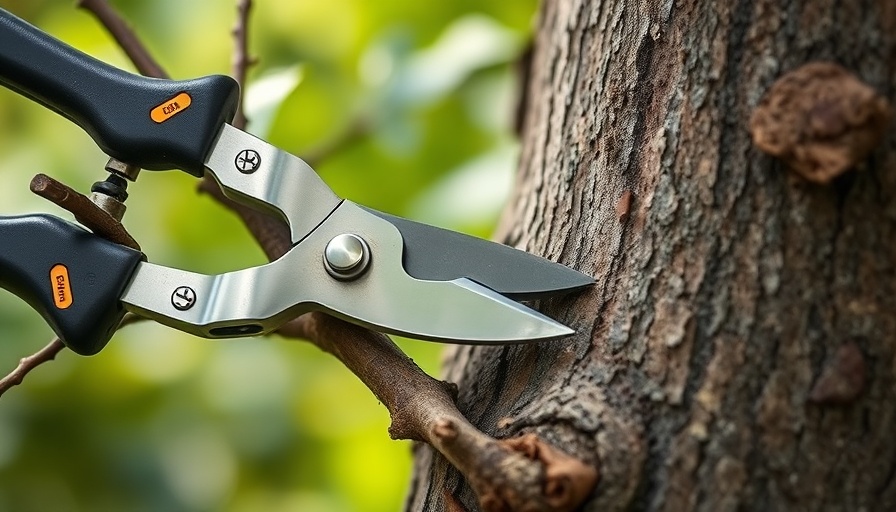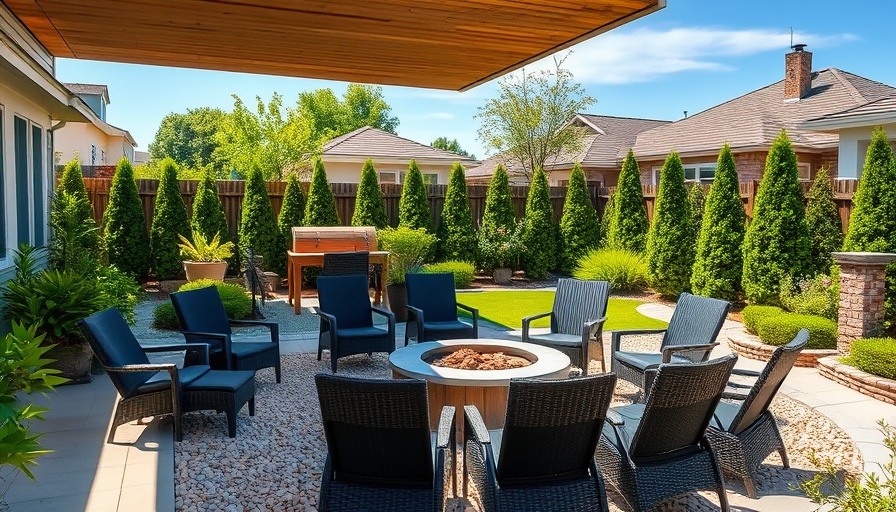
Pruning Trees: Why It’s Essential for Healthy Growth
If you own a home in California, whether established or just breaking ground, the health of your trees can significantly impact your property’s curb appeal and overall value. Just as we take Health tips to ensure our well-being, trees, too, require attentive care to thrive. Pruning is not merely cosmetic; it is fundamental to maintaining tree health, enhancing safety, and fostering lush growth.
The Science Behind Pruning
“Just like regular check-ups for our health, trees need regular pruning to keep them in their best shape,” explains Suzanne DeJohn, a horticulturalist at KidsGardening.org. In urban and suburban areas where trees are confined and may suffer from a lack of space, pruning helps prevent overcrowding and disease. Without proper pruning, trees can become susceptible to diseases caused by moisture retention and poor air circulation.
When to Prune: Timing Is Everything
The best timing for pruning trees largely depends on their species and age. Most California trees should be pruned during their dormant season, which typically falls in late winter to early spring. This timing reduces stress on the tree, allowing it to recover before new growth begins. Deciduous trees, such as oaks and maples, can benefit from pruning to remove confined or crossing branches that can block air circulation and sunlight.
Safety First: Tools of the Trade
Before you dive into your pruning tasks, ensure you are equipped with the proper tools and safety gear. Recommended tools include:
- Safety gear: Safety glasses and gloves protect against flying debris.
- Bypass pruners: Ideal for removing thin branches.
- Loppers: Long-handled tools for thicker branches.
- Pruning saw: Necessary for large branches over two inches thick.
- Pole pruner: Useful for reaching branches high above.
Understanding Different Tree Types: Specific Pruning Needs
Deciduous Trees: These trees are typically pruned in late winter or early spring. You should aim to remove no more than 20-25% of the tree's branches annually. Consider prioritizing longevity by removing weak shoots and secondary trunks in younger trees to strengthen their main trunk.
Evergreens: Pruning is mainly about removing dead or diseased branches. This should ideally be done lightly over several seasons to shape the tree without causing stress.
Fruit Trees: These trees require late winter pruning after the coldest weather has passed. This helps to enhance fruit production.
Flowering Trees: For trees that bloom in spring, it’s crucial to prune immediately after the blooming period to preserve next year’s buds. Summer-flower trees can be lightly pruned in late winter to early spring.
Mistakes to Avoid: Common Misconceptions
Many homeowners mistakenly believe that any pruning is good for trees. However, aggressive pruning or pruning at the wrong time can invite diseases and stifle growth. Avoid pruning during the fall, as this could expose trees to diseases and lead to the stimulation of new growth that won’t survive winter.
Benefits of Strategic Pruning: Beyond Aesthetic Appeal
Understanding when to prune can also improve your tree’s fruit production and health, leading to stronger, more vibrant trees that offer shade, beauty, and even increased property value. Moreover, regular pruning helps bolster your landscape against weather-related damage. Overgrown trees can become dangerous as branches weaken, and safety becomes a higher priority.
Taking Action: Start Pruning Today
Homeowners are encouraged to take a proactive approach to tree maintenance. As trees array your property, ensuring their health through timely pruning can yield long-term benefits. Start by assessing your trees now and plan for their seasonal care. Prune at the right time, and you will gain rewarding results, enhanced safety, and value for your home.
For further assistance or expert guidance on pruning, consider consulting a local horticulturist or arborist who can offer personalized advice based on your landscaping needs.
 Add Row
Add Row  Add
Add 




Write A Comment